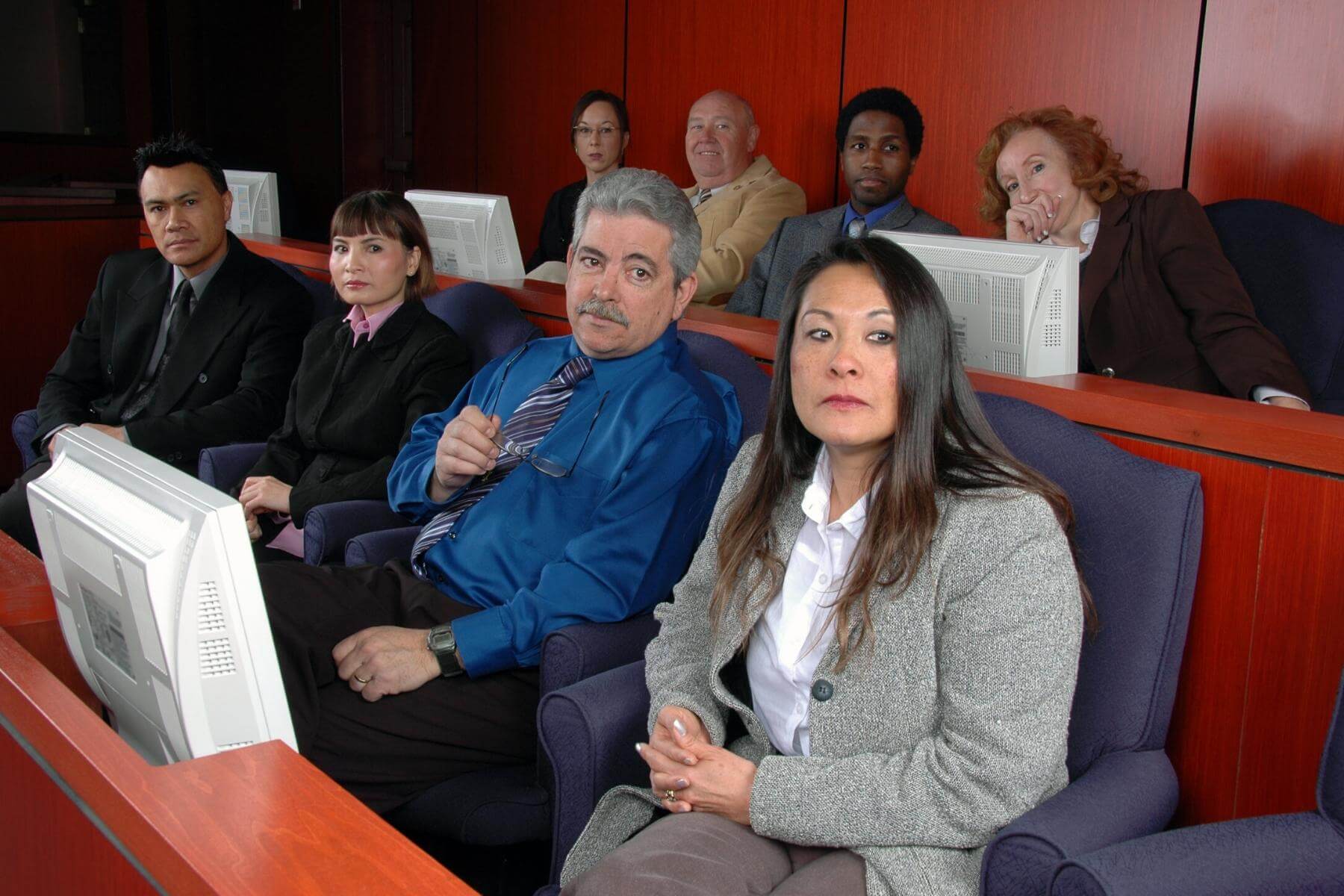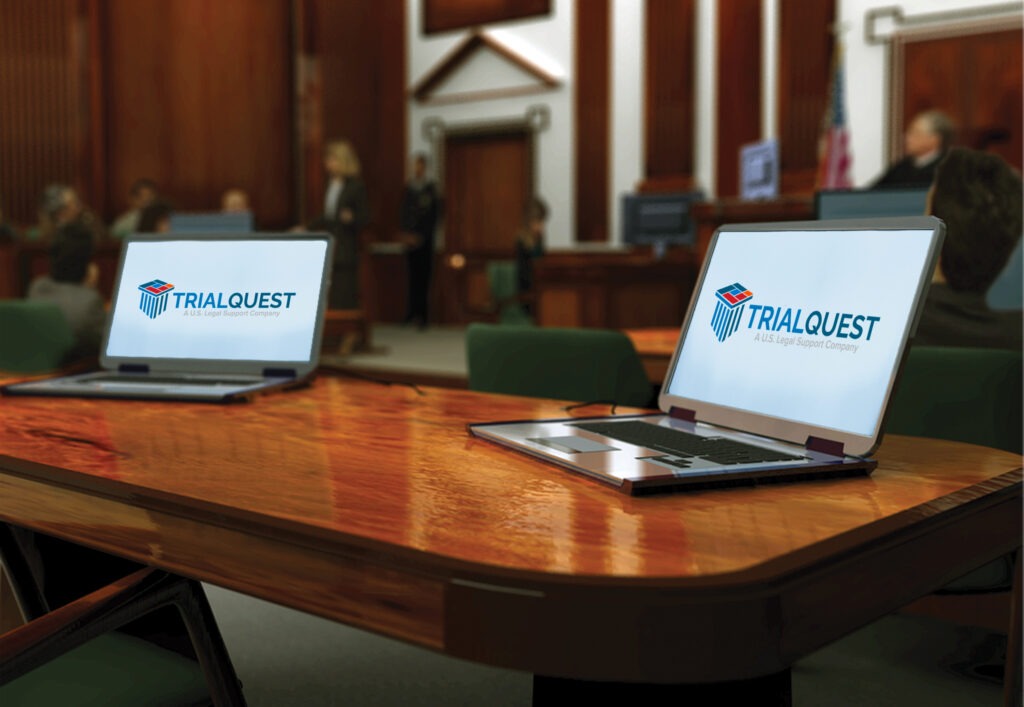How Trial Presentations Enhance Your Disagreement and Persuade Jurors
Trial presentations function as a pivotal mechanism for enhancing lawful debates and encouraging jurors. By incorporating aesthetic help, narrative frameworks, and emotional interaction, attorneys can produce an engaging situation that resonates on multiple degrees. The critical use visuals not just clears up complex information yet additionally catches jurors' interest much more effectively than words alone. Nonetheless, the art of narration plays a similarly important duty in transforming factual proof right into a compelling story, forming jurors' understandings - trial presentations. Understanding these components can substantially impact test results, raising the inquiry of exactly how each component adds to this intricate dynamic.

Value of Visual Help
Visual aids play a crucial role in boosting the performance of test discussions, as they can considerably raise audience involvement and retention of information. In the context of a test, where jurors are charged with processing complex information, visual help offer to simplify and make clear bottom lines. Graphes, graphs, and photos can communicate information and ideas that might otherwise overwhelm or puzzle jurors, enabling a much more simple understanding of the proof provided.
Furthermore, aesthetic aids help in preserving juror attention throughout the process. By breaking the uniformity of spoken testimony, these devices can stress crucial disagreements, making them much more remarkable. Reliable visual aids can likewise stimulate emotional actions, which can be crucial in encouraging jurors to line up with the speaker's narrative.

Crafting Compelling Narratives
An engaging story is vital in test presentations, as it acts as the backbone of reliable persuasion. It enables lawyers to weave together facts, evidence, and emotional components right into a meaningful story that reverberates with jurors. This narrative framework makes it possible for jurors to recognize the intricacies of the situation while leading them with the lawyer's disagreement.
To craft an engaging story, attorneys should concentrate on quality and coherence. This entails establishing a clear lead character-- often the customer-- and describing their trip via the events concerned. Presenting the realities in a rational series boosts understanding and keeps engagement. Furthermore, the use of dazzling descriptions can create psychological pictures that assist jurors imagine the events, making the narrative a lot more unforgettable.
Moreover, integrating essential themes throughout the presentation enhances the core message and help in retention - trial presentations. The narrative should not only communicate information yet additionally this page evoke a feeling of justice, highlighting the risks involved. Eventually, a sound narrative fosters a link in between the jurors and the instance, positioning the attorney's disagreement as both credible and engaging, thus raising the possibility of a desirable judgment

Engaging the Court Emotionally
Effective jury involvement depends upon the attorney's capability to get in touch with jurors on an emotional level. This link can dramatically impact jurors' understandings and their best decision-making. Making use of emotional allures enables lawyers to humanize the instance, transforming abstract legal ideas into relatable experiences. By offering real-life tales or reviews, lawyers can stimulate compassion and empathy, promoting a much deeper understanding of the concerns at risk.
Visual help, such as pictures or videos, can even more enhance psychological engagement, giving jurors with vivid representations of the situation's human aspects. Crafting a story that highlights the struggles and victories of the individuals involved makes certain that jurors see past the legal debates and acknowledge the human repercussions of their choices.
In addition, tone and body movement play a crucial duty in conveying emotion. An attorney's passionate distribution can resonate with jurors, strengthening their psychological financial investment in case. It's vital to balance psychological appeals with factual proof, making sure that jurors feel obliged to act while staying grounded in the fact. Ultimately, an emotionally involved jury is more probable to be persuaded, making emotional link an important component of efficient trial presentations.
Structuring Your Discussion

The body of the discussion must be realistically fractional into crucial factors, each sustained by compelling evidence. It is beneficial to use narration methods to weave truths into a narrative that jurors can quickly comply with. Aesthetic aids, such as charts and video clips, can enhance understanding and involvement, assisting to highlight critical pieces of proof.
Real-World Case Researches
Analyzing real-world situation researches provides important understandings right into the art of test presentations and persuasion. The site case of "O.J. Simpson v. The People of California" illustrates how aesthetic aids and compelling narratives can guide jury understandings. The protection group effectively used a method that combined prominent specialist statements with multimedia discussions, which astounded jurors important link and ultimately affected their decision.
One more noteworthy instance is the "McDonald's Coffee Case," where the complainant's lawyers used graphic pictures of the injuries endured by Stella Liebeck. trial presentations. This plain visual proof played an essential role in conveying the extent of her burns, bring about a substantial court honor. Such instances show that impactful trial discussions typically depend upon the effective integration of visuals and narration to stimulate emotional actions from jurors
Moreover, the "Casey Anthony Trial" highlighted the relevance of narrative coherence and credibility. The prosecution's failure to develop a compelling timeline lessened their convincing power, underscoring the need of a well-structured discussion. Examining these instances reveals that effective trial discussions need tactical planning, psychological involvement, and the ability to resonate with jurors' worths and beliefs.
Conclusion
Test presentations substantially boost arguments and persuade jurors with the strategic use visual aids, engaging narratives, and emotional engagement. By streamlining complicated details and promoting links with the audience, these elements produce a memorable and impactful experience. A well-structured presentation balances emotional charms with accurate proof, inevitably resonating with jurors' values. The assimilation of these methods not just affects decision-making however also highlights the relevance of reliable communication in the courtroom.